
Leucanthemum vulgare This is the earliest-blooming tall daisy I know of, blooming a month before the Shasta Daisy. It’s actually been declared an invasive weed in several states.
Eat the young leaves raw. They get bitter with age, but they’re very good when young, before the plant blooms. I read someplace that they are used in a salad mix in some high-end restaurant. I’m not surprised.

Portulaca oleracea L.
Known as “verdolagas” in the Hispanic world. One of the absolute best non-meat sources of omega 3’s. (Hey! I can’t raise salmon in my yard, but I can sure grow purslane!) These are commonly sold and used in Mexico and India, among other places. If you have a Mexican market around, you may find bunches of these for sale. They are a little lemony, and slippery inside. They’re good both raw- in salads and sandwiches- and cooked. Look for Mexican recipes calling for this! A couple sites I’ve found are http://chanfles.com/comida/verdolagas/index.htmlhttp://www.culinarymusings.com/2008/06/purslane-not-a-weed-but-a-wonder/

Chorispora tenella
The greens taste like arugula; they are in the same plant family. They’re pleasantly peppery - though I seem to be allergic to this one. I break out in hives the day after eating these. Then again, I break out in hives the day after eating several other, ‘normal’, foods, too.
Photo from USU Extension.

Cirsium sp.
A pleasant surprise. While weeding out some Bull Thistle one day, I decided that I might as well see what it was that my pioneer ancestors ate one hungry spring. I scrubbed peeled, and sliced the root, then just microwaved them until tender, treating them like carrots. My kids all had to taste it, then tell me what it tasted like (they didn’t see me prepare it). The general consensus was that it tastes like a cross between carrot and potato. I found it tasted similar to artichokes. (Artichokes are giant thistles!) One of these days I’ll make me a nice Hot Artichoke- I mean Thistle- Dip.
Thistles are biennial, which means they have a two-year life cycle. The first year they grow only a rosette, fairly flat, like the photo above. The second year they send up a stalk, develop flowers, and set seed. I've read that the leaves are good to eat, once you scrape off the thorny parts. My best guess is that the roots are best the first year; they are probably tougher the second.
Photo from USU Extension.

Rumex crispus L
The photo is of the seeds. I'll have to track down a plant to get a photo of the leaves for you.
In the same family as sorrel, this cooks similarly to spinach, and is lemony/sour. Harvest while young and tender. Look up sorrel recipes online. One simple way of preparing them is at http://www.backyardnature.net/n/h/curldock.htm

Amaranthus retroflexus L.
Use the greens as you would spinach- cooked or raw; seeds can be harvested and used as a small grain in baked goods or hot cereal. It’s used in curries, soups, and stir-fries from India to the Philippines. The roots are edible, too. Check out the Wikipedia article on it,http://en.wikipedia.org/wiki/Amaranth This plant is in the Amaranth family. I pulled up the plant for the photo so you could see its trademark 'red root' (though it's usually more pink than red).

Linum usitatissimum
‘usitatissimum’ means “most useful”.
This doesn’t grow wild in my yard; I plant it for the beautiful flowers. It is native to my area, however. The tough inside stems are woven to make linen. The seeds are eaten and are high in omega-3’s, fiber, and lignans. Toss into baked goods, or grind and use in small amounts in baking, smoothies, or any of a bunch of things. Lots of recipes are online for this. You only get the nutrients, though, if the seeds are ground. Otherwise, they serve just as fiber. Seeds, either whole or ground, form a gel when soaked in water. This is handy for replacing eggs in baked goods. It works like the eggs do to help firm up and bind together whatever you’re making. Eggs also have some leavening power, which flax doesn’t, so use ½ tsp. baking powder for each egg you’re replacing. To replace one egg, grind 1 Tbsp. flax seed, stir in 3 Tbsp. water, and let stand five minutes. Or add it dry; it will gel in the batter.
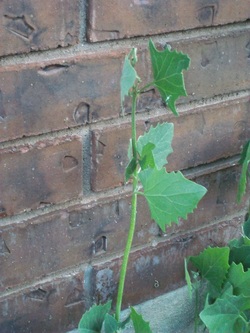
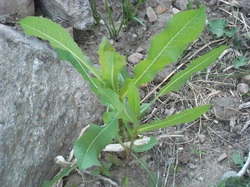
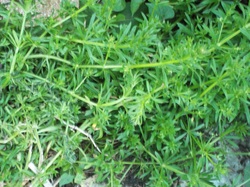
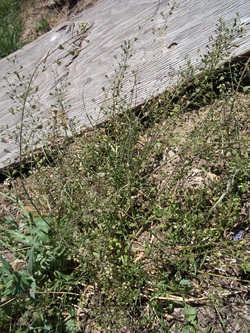
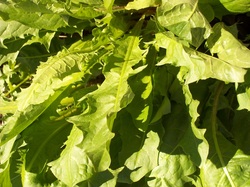
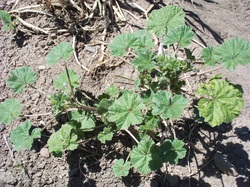
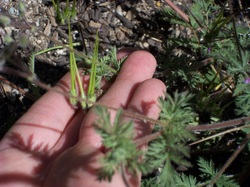


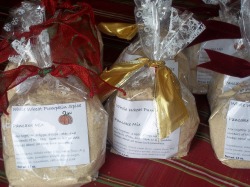
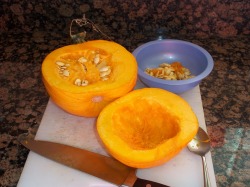
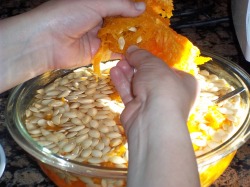
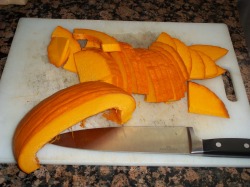
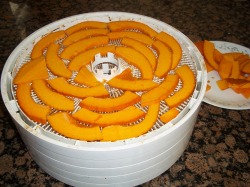
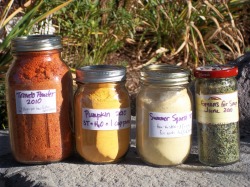
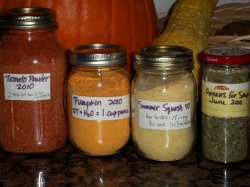
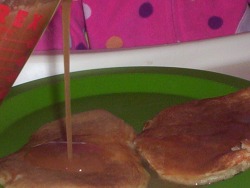


 RSS Feed
RSS Feed